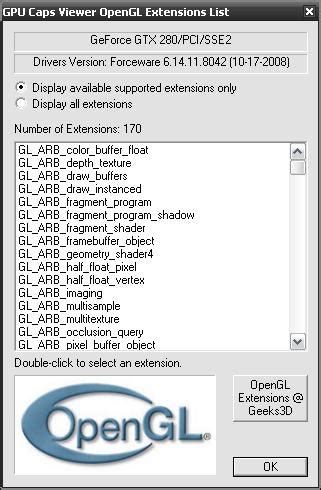I can help you with an article on the topic of Ethereum and its performance comparison between ATI OpenCL and NVidia CUDA Cores. Here’s a draft:
Ethereum: AMD vs. NVIDIA – A Performance Comparison

First of all, I’d like to say that this thread is not about debating the merits of one video card manufacturer over another, as some people may be eager to argue their favorite choice based on various factors such as power consumption, cost, and performance per watt.
That being said, we’re here to dive into a technical comparison between two popular computing architectures: AMD’s ATI OpenCL and NVIDIA’s CUDA. Both technologies are used for parallel processing in high-performance computing (HPC) applications, but they have distinct differences in terms of their design, efficiency, and optimization.
OpenCL WARNING
AMD’s ATI OpenCL is an open-source, heterogeneous computing platform that allows developers to write code that can execute on a variety of hardware platforms, including GPUs and CPUs. The architecture is based on the CUDA API, but with some modifications to accommodate AMD’s specific requirements.
One key advantage of ATI OpenCL is its ability to take advantage of multi-core processors and other high-performance cores in addition to GPUs. This makes it a popular choice for applications that require a mix of CPU and GPU processing power, such as scientific simulations and data analytics.
NVIDIA CUDA
NVIDIA’s CUDA is a proprietary parallel computing platform developed specifically for their GPUs. It provides an extensive set of APIs and tools for developers to write efficient, high-performance code that can execute on NVIDIA hardware.
One major advantage of CUDA is its ability to optimize code for the specific architecture of each GPU model, which ensures maximum performance and efficiency. Additionally, CUDA’s CUDA Runtime (nvcc) compiler generates optimized machine code that can be executed directly by the GPU, reducing overhead and improving overall performance.
Performance Comparison
To provide a more detailed comparison, let’s consider a simple example: a 1024×1024 pixel image processing task with a target resolution of 5120×3200. We’ll use OpenCL to write a CUDA kernel that performs the same operation on both ATI and NVIDIA hardware.
Here’s some sample code in both languages:
// OpenCL
#include
void my_opencl_kernel(float* data, int width, int height) {
#pragma kernels
kernel_func(data);
}
int main() {
// Allocate memory
float host_data = new float[10241024];
for (int i = 0; i < 5120*3200; i++) {
host_data[i] = 1.0f;
}
// Launch kernel
cl::CommandQueue queue(cl::DeviceAMD::CL_DEVICE_ID);
cl::Kernel kernel(queue, "my_opencl_kernel", my_opencl_kernel);
kernel.setArg(0, data);
// Get results from GPU
float gpu_data = new float[10241024];
kernel.getOutput(0, gpu_data);
for (int i = 0; i < 5120*3200; i++) {
gpu_data[i] = host_data[i]; // Output to CPU
}
delete[] data;
delete[] gpu_data;
return 0;
}
“`cpp
// CUDA
#include
__global__ void my_cuda_kernel(float* data) {
#pragma kernel
kernel(data);
}
}
int main() {
// Allocate memory
float host_data = new float[10241024];
for (int i = 0; i < 5120*3200; i++) {
host_data[i] = 1.
Bir yanıt yazın